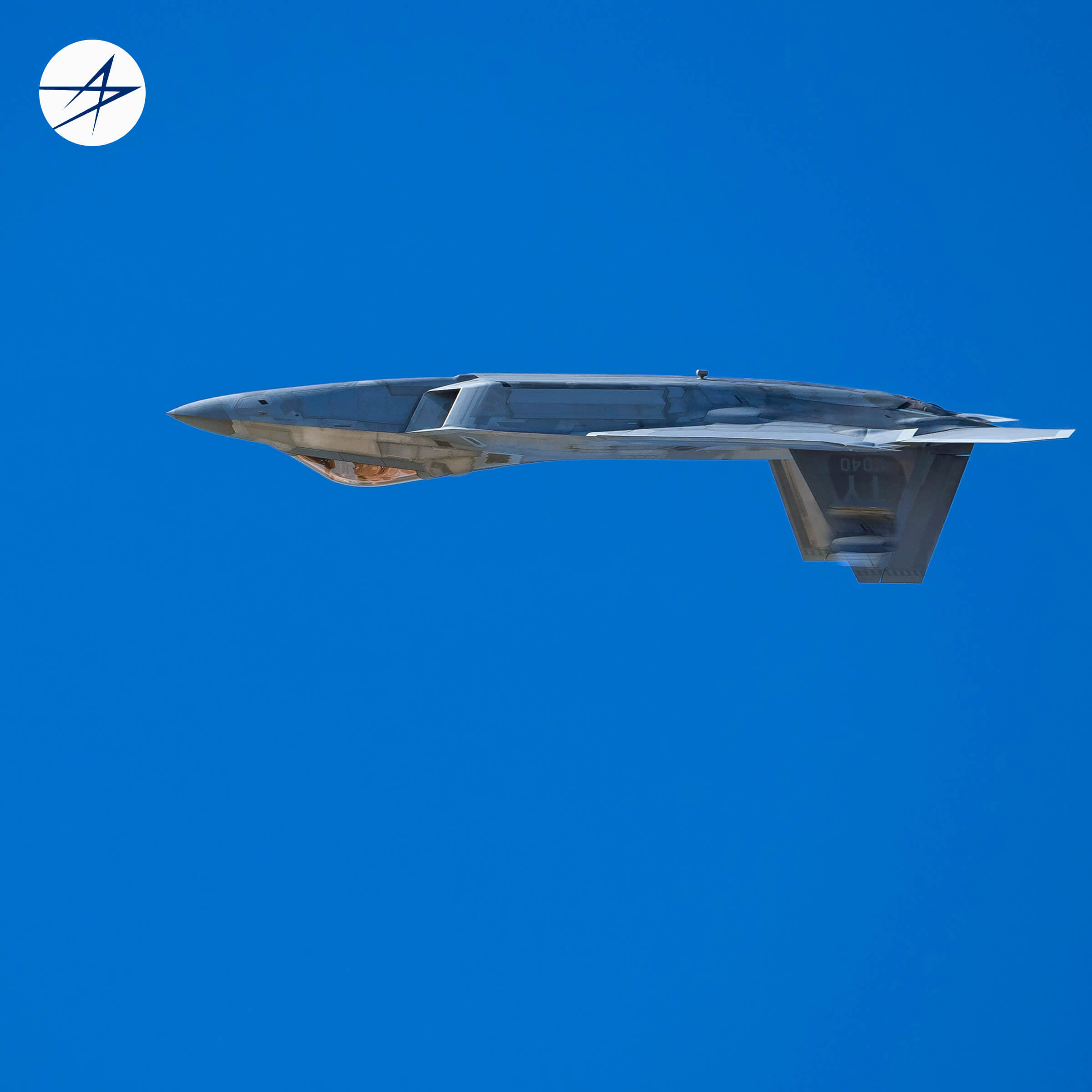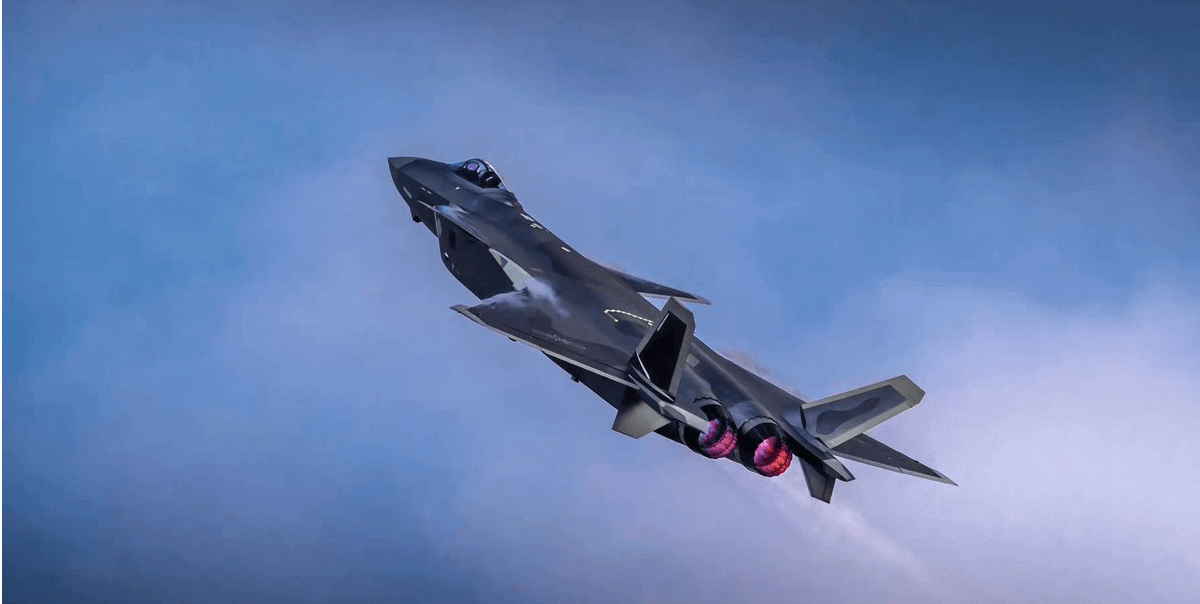Following reports that the USAF is removing the F-15 Eagles from Kadena Air Base, US and Japanese officials have confirmed that the USAF’s F-22 Raptors would take over the Eagles’ duty.
On November 1, 2022, the Japanese Defense Minister confirmed that a dozen F-22 Raptors would be deployed rotationally to the Kadena Air Base on the Japanese island of Okinawa.
This decision comes amid continued belligerence by China and North Korea in the region. Today, as per reports, North Korea stormed with as many as 180 warplanes, to which the South responded by scrambling dozens of F-35 stealth fighters.
Earlier, Pyongyang conducted the 30th missile launch, testing one long-range ballistic missile and two short-range missiles. Pyongyang has stressed that its missile launches are a response to “provocations” by South Korea, the US, and Japan.
Meanwhile, South Korean National Defense Minister Lee Jong-sup said that Seoul and Washington have decided to extend the large-scale joint exercise Vigilant Storm by one more day until November 5.
F-22 Raptors To Replace F-15 Eagles?
The USAF is retiring the F-15 Eagles from Kadena Air Base as part of its modernization plan. The service will start the deployment of fourth and fifth-generation fighters as a provisional measure this month.
The US military will progressively retire its F-15 jets from the base over the next two years and replace them with permanent units with more advanced capabilities. However, the service has not yet decided on a long-term solution.

The Japanese Defense minister said that the US military intends to station F-22 stealth planes on rotation at the Kadena facility on a semiannual basis for now.
Air Force Spokeswoman Ann Stefanek said that the United States is steadfast in its commitment to regional deterrence and the defense of Japan. She added that the US Air Force is withdrawing its F-15C/D Eagle fleet, which has been operating for more than 30 years, as part of its modernization strategy.
Ben Lewis, a defense analyst focusing on PLA development and Taiwan security issues, told the EurAsian Times, “F-15Cs are an older platform, much less capable than the F-22. If there is a conflict in the region, especially if that conflict is against the PRC, it makes much more sense to have advanced fighters at Kadena than F-15s.”
Experts believe that F-22s are a good choice for deployment at the Kadena base. The aircraft would probably arrive from Alaska’s Elmendorf Air Force Base, part of the Pacific Air Forces.
However, the Raptor’s inventory is small, and its availability is often constrained for various reasons. Experts also wonder whether the Raptors will continue to be rotationally deployed when the Eagles are entirely withdrawn.
While the service hasn’t decided on a long-term solution, Stefanek noted that all the options have more sophisticated capabilities than the F-15C/D.
“Until that decision is made, DoD will continue to use the Global Force Management process to provide backfill solutions that maintain regional deterrence and bolster our ability to uphold our Treaty obligations to Japan,” Stefanek said.
The description “advanced capabilities that are superior to the F-15C/D” might technically relate to a wide range of aircraft, including the latest version of the Eagle, the F-15EX, and fifth-generation fighters like the F-22 and F-35 and future air combat platforms.
The China Factor
Following the initial reports that the Eagles were departing Kadena, analysts and former officers began to criticize the move, arguing that it would strengthen China’s regional position.
However, Stacie Pettyjohn, Senior Fellow and Director of the Defense Program at the Center for a New American Security, noted that “removing the F-15s does not significantly reduce American combat power in the Indo-Pacific. These are old 4th generation aircraft that would not contribute much in a war against China given the PLA’s sophisticated & layered air defenses.”
Indeed, Beijing possesses a sizable arsenal of cruise and ballistic missiles that can swiftly attack the air bases. Pettyjohn referred to the aircraft on Kadena as “sitting ducks,” implying that they would be damaged or destroyed on the ground by ballistic and cruise missiles.
Meanwhile, addressing the argument that withdrawing the Eagles and replacing them with rotational fighters could jeopardize the United States’ relationship with Japan, Stefanek stated that the United States’ commitment to regional deterrence and Japan’s defense is “ironclad.”
The United States continues to focus on modernizing its capabilities in the Indo-Pacific theater, Stefanek said.
Lewis said that “both the decision to remove the F-15Cs and to deploy F-22s to Kadena are in line with the United States Indo-Pacific strategy and perception of the threat from China.
“The PLA Rocket Force presents a significant, though not insurmountable, threat to US and allied forces in South Korea, Japan, and Guam,” he added.
Lewis added, “Further, I think that we will also see a rotation process begin, where aircraft will be moved randomly between bases in the region to increase security.”
“The threat of a strike by the PLA is very real, as the PLA Rocket Force maintains a substantial arsenal of platforms with the ability to strike Okinawa and Guam, so the United States has to be cautious about putting their in-theater capabilities at risk,” he noted.
China has deployed the stealthy J-20 in all five command theaters. Moreover, recent advancements in Chinese airpower have reduced the advantage once held by the F-15C/D.

Likewise, China made significant strides in developing a new generation of long-range air-to-air missiles and continuously enhancing sensor capabilities. These are crucial challenges for the United States and its allies’ deterrence measures against the Chinese military in the event of a Taiwan invasion.
The Pentagon is currently discussing whether to maintain a rotational arrangement or eventually send squadrons of jets permanently to Kadena. Nevertheless, the practicality of the rotating fighters is unclear.
- Contact the author at ashishmichel@gmail.com
- Follow EurAsian Times on Google News




